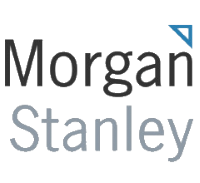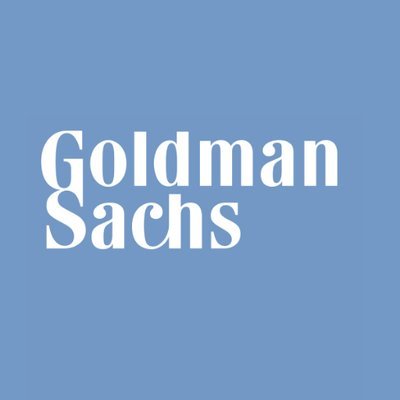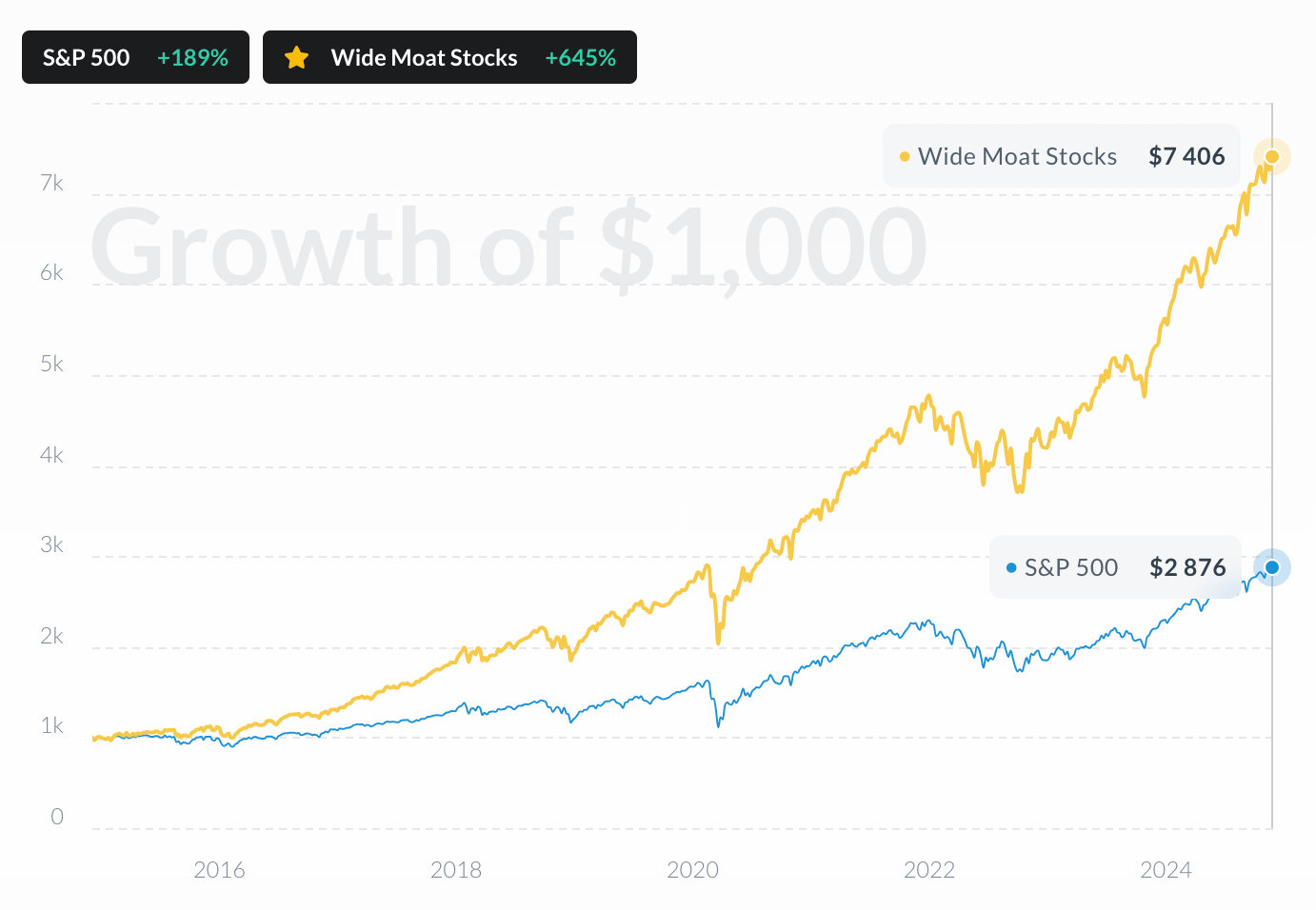 SCHW
vs
SCHW
vs
 S&P 500
S&P 500
 SCHW
SCHW
 S&P 500
S&P 500
Over the past 12 months, SCHW has outperformed S&P 500, delivering a return of 23% compared to the S&P 500's 13% growth.
Stocks Performance
SCHW vs S&P 500

Performance Gap
SCHW vs S&P 500

Performance By Year
SCHW vs S&P 500

Charles Schwab Corp
Glance View
Once upon a time in the world of finance, Charles Schwab Corp. emerged as a pioneering force, transforming the landscape of investment and brokerage services. Founded in 1971 by Charles R. Schwab, the company started its journey with a radical mission: to democratize the world of trading by making it more accessible to the average investor. Over the decades, Schwab grew from a small brokerage shell into a financial giant, becoming synonymous with low-cost, customer-centered services. Its flagship offering—commission-free stock trades—was revolutionary, challenging traditional brokerage models and capturing the imaginations of self-directed investors. This shift not only revolutionized retail investing but also pressured the wider industry to lower its trading fees. How does Charles Schwab make money in this fiercely competitive environment? While many think of Schwab simply as a brokerage firm, its business model is much broader. At its core, Schwab earns revenue through a blend of asset-based fees, banking services, and interest revenues. It offers a variety of financial products, including mutual funds, ETFs, and advisory services, from which it garners management fees based on the assets under management (AUM). Furthermore, Schwab functions as a bank, generating profits through the spread between the interest earned on its investments and the interest paid on deposits. By expertly weaving together these revenue streams, Schwab has maintained its reputation as an agile financial powerhouse that adapts to market changes while holding tight to its original vision of empowering investors.


































 You don't have any saved screeners yet
You don't have any saved screeners yet